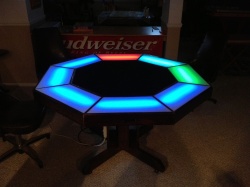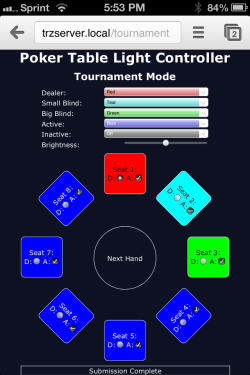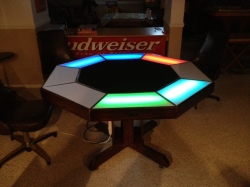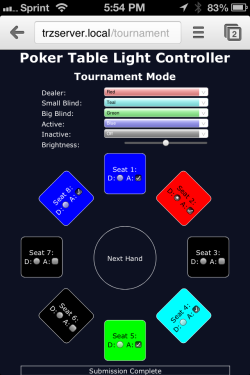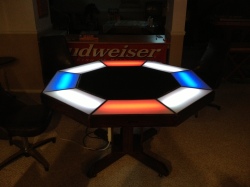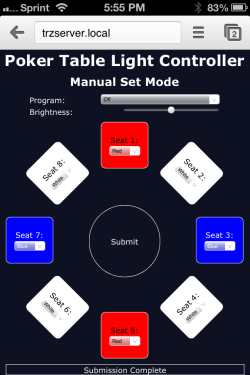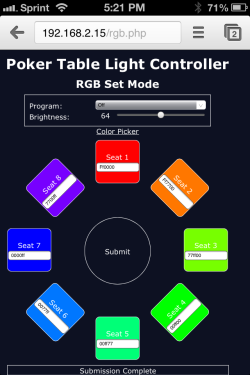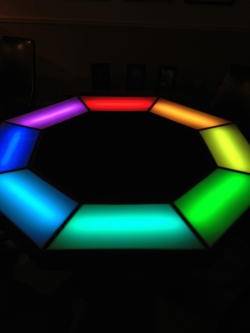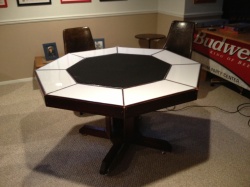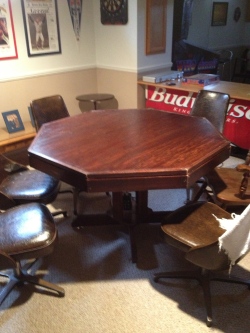Ok, I should be caught up for now. Before I started making more guitar effect pedals, I wanted to make a power supply for them. Eventually I want to do a kickass pedal board, but I’ll wait until I make a few and get much better at guitar. Anyway, I wanted a supply similar to the Voodoo Lab Pedal Power 2+. That is, 5-10 isolated 9VDC outputs plus a couple AC outlets to power my amp plus something else. Then I found this cool transformer. The Weber WPDLXFMR-2 has eight 11VAC secondaries plus one 9VAC secondary. It has primary windings for 120, 220, and 240VAC. It was perfect for what I wanted to do. I didn’t care about the 220 or 240 primaries or the 9VAC secondary. I just wanted to convert from US mains AC voltage to 9VDC. I plan on making all my pedals after all. Might as well make them use all the same supply voltage.
Each of my eight 9VDC outputs uses one of the 11VAC secondaries of the transformer. It then goes through a full wave rectifier, a filter cap, a linear voltage regulator, and a fuse. Speaking of fuses, I took a few steps to protect the device. The on switch includes a 15A circuit breaker. Each 9VDC output is fused, plus each voltage regulator has internal thermal protection.
I decided on the same input connector as a typical PC power supply or lab instrument so I could use a standard cable of whatever length I wanted. I had a hard time finding what I should use for the outputs. The other end of most DC barrel connectors are just a wall-wart power supply. Therefore, I just did what Voodoo Labs did and used the same barrel connectors. That way I could just buy their cables. I decided on one of the same Hammond enclosures I will be using for most of my pedals. This one is a bit larger though.
This was my first project using KiCAD instead of Eagle for my PCB as well. I liked it. It’s completely open source as well. No limitations. I dig it. I’ll be using it for the next pedals. It’s 3D model generator will make the mechanical design easier as well.
I went all out for this supply. I got a filtered power input. All the outputs are isolated. It’s got two AC outlets. Eventually I would like to make a cheaper one with no isolated outputs, just one 9V bus with a few connectors. A variable voltage output would be cool as well. Then I would see if all that extra cost was really worth it. I imagine the answer is the same as 99% of all other answers in engineering…”It depends”.








